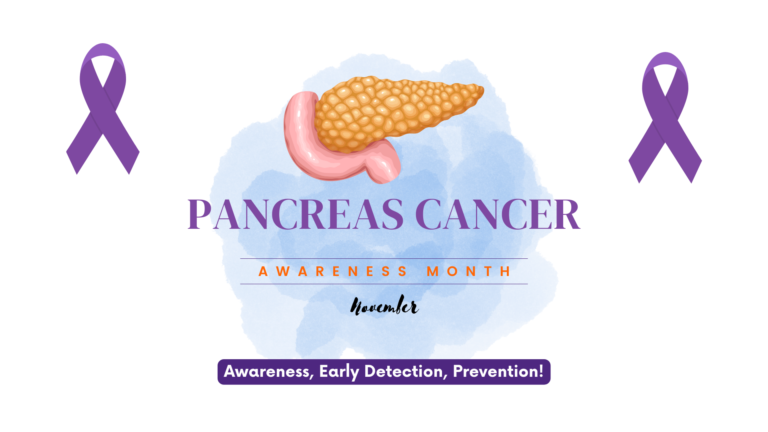Working: 8.00am - 5.00pm
Working: 8.00am - 5.00pm

In most cases, pancreatic cancer is not detected until it has advanced stages. Pancreatic cancer is characterized by jaundice and weight loss. A person with diabetes and an individual who has been exposed to certain chemicals are at risk.
Depending on which cells in the breast turn cancerous, it can be classified into different kinds. It is possible for breast cancer to begin in different parts of the breast. Breast tissue is divided into three parts: lobules, ducts, and connective tissue